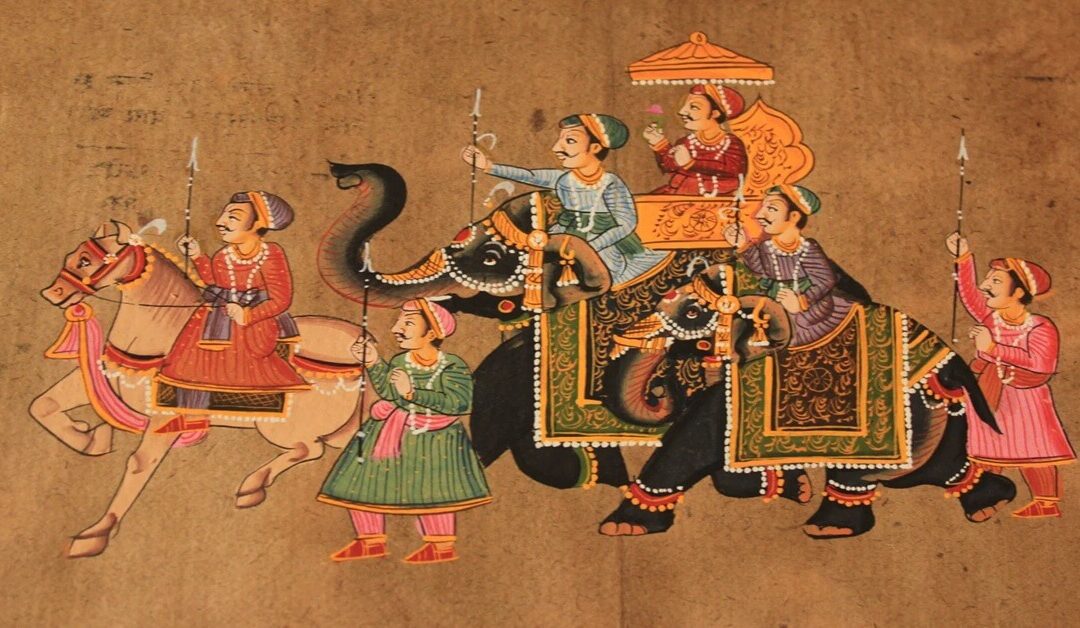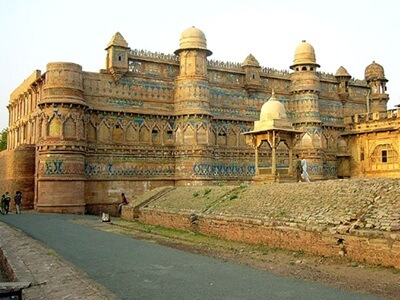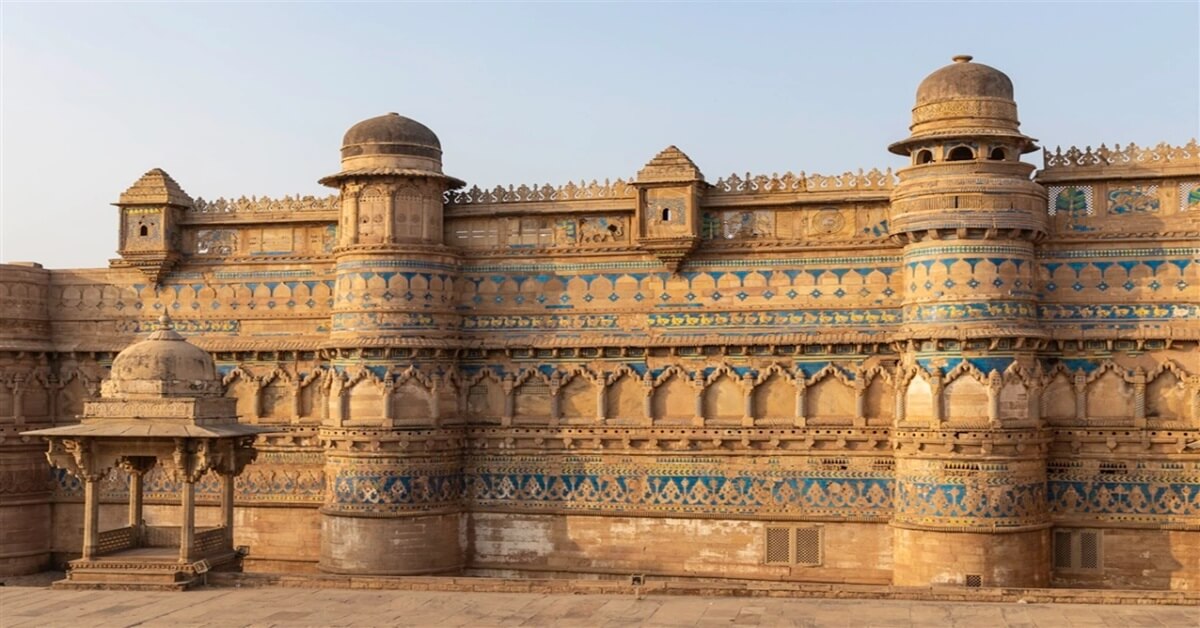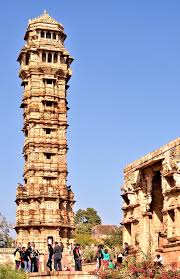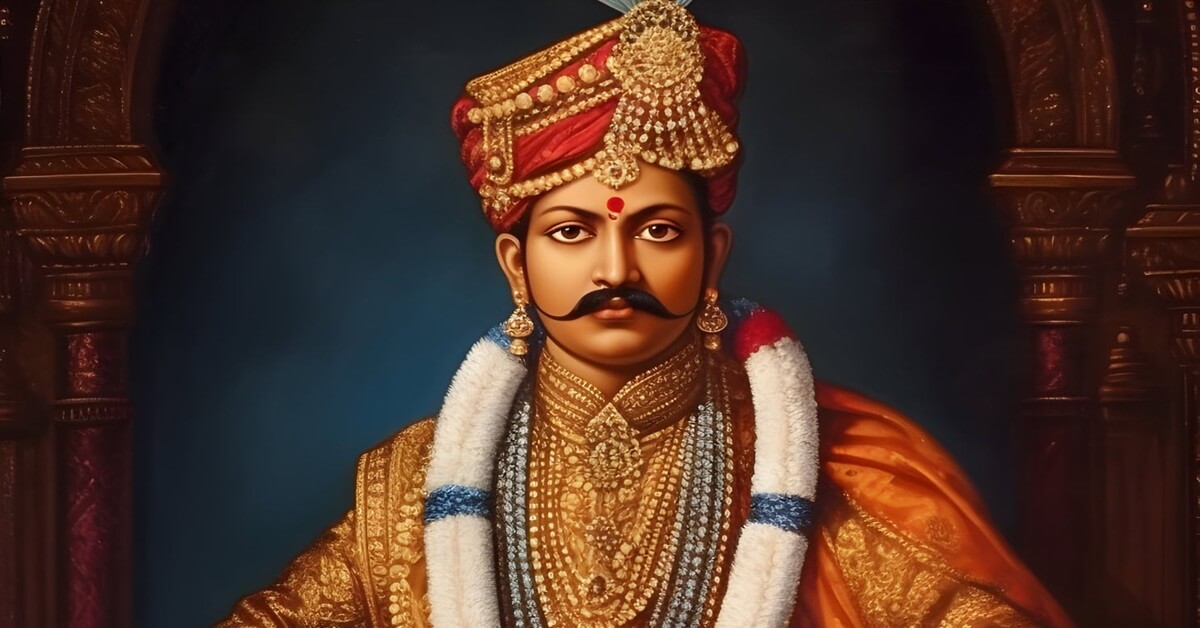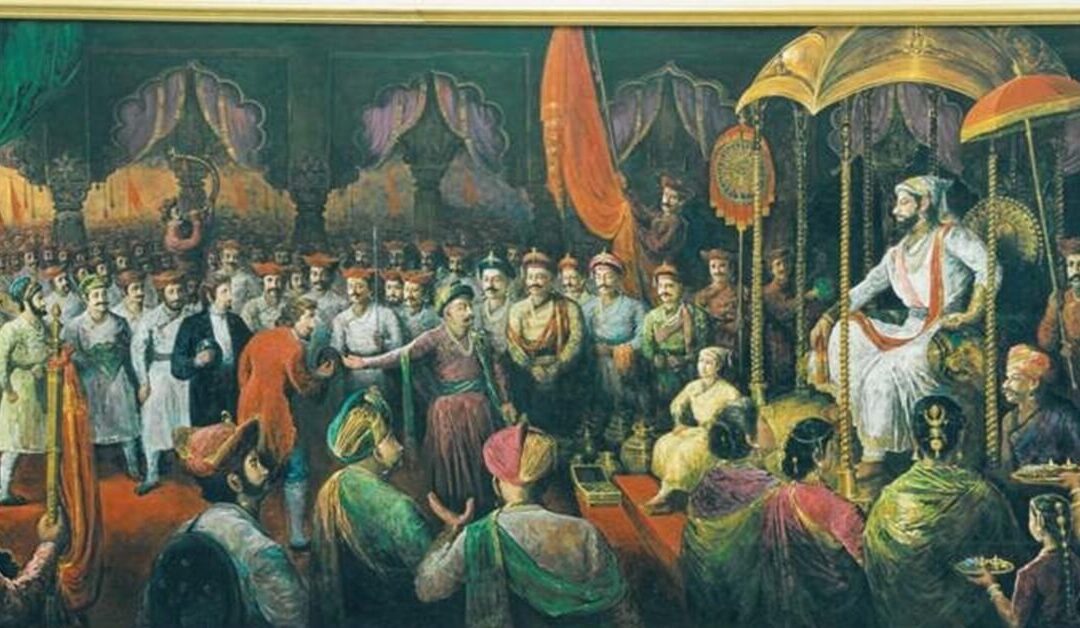
Shivaji and his Administration
Shivaji and His Administration
Shivaji Maharaj, a visionary leader and founder of the Maratha Empire, was renowned for his effective governance, military strategy, and administrative reforms. Rising as a strong warrior who challenged Mughal dominance and other adversaries like Afzal Khan and Aurangzeb, Shivaji established an empire characterized by an efficient and disciplined administration.
Territorial Division
- Extent of Empire: The Maratha Empire stretched from Maharashtra to Carnatic and Tamil Nadu.
- Division: Shivaji’s dominion was divided into two parts:
- Mulk-i-qadim (Ancient Territory) or Swaraj (Own Kingdom)
- Chauth-collecting territories: Regions paying Chauth without direct governance by Shivaji.
Reforms in Administration
1. Abolition of Jagirdari System:
- Officers were paid in cash instead of jagirs to strengthen governance.
- Land grants were still issued for public welfare, such as schools and temples.
2. Hereditary Occupation:
- Posts were not hereditary to ensure meritocracy.
3. Zamindari System:
- It was not supported under Shivaji’s administration.
General Features
- Inclusivity: Employment of individuals from all tribes and castes.
- Clear Responsibilities: Ministers were assigned specific duties.
- Focus on Forts: Special attention was given to fort maintenance and construction.
- Civil Supremacy: Civil officers held superior positions over military officers.
Central Administration
The central governance of Shivaji’s empire was structured around the Ashta Pradhan (Council of Eight Ministers):
- Peshwa (Prime Minister): Chief advisor, oversaw finance and general administration.
- Amatya (Finance Minister): Managed revenue and expenditure.
- Waq-i-Nawis (Home Minister): Supervised internal affairs.
- Dabir (Foreign Minister): Handled foreign relations.
- Sachiv (Correspondence Minister): Managed official documentation.
- Pandit Rao (Religious Officer): Oversaw religious matters.
- Sar-i-Naubat (Commander-in-Chief): Managed military operations.
- Nyayadhish (Chief Justice): Ensured justice.
Administrative Hierarchy
- Ministers were assisted by an eight-member staff, including Diwan (secretary), Mujumdar (auditor), Fadnis (deputy auditor), and others.
- The governance model included 18 departments, each supervised by ministers under Shivaji’s oversight.
Provincial and Local Administration
- Provinces (Prants) were governed by Subedars and overseen by Sarsubedars.
- Further divisions included Tarfs (headed by Havaldars) and Mauzas (villages).
- Policing was managed by Faujdars (rural) and Kotwals (urban).
- Revenue collection and local governance were handled by Kamvishdars and Karkuns.
Judicial Administration
- Simple and community-driven judicial systems based on Hindu traditions.
- Hazar Majils: The king’s highest court.
Village disputes were resolved by Panchayats, while Patels handled criminal cases.
Military Administration
Shivaji’s military was highly disciplined, mobile, and well-organized. Key features included:
- Regular Army: Soldiers served year-round, unlike the traditional six-month service.
- Cash Payments: Soldiers were paid in cash, with higher officials receiving jagirs.
- Merit-Based Recruitment: Soldiers were selected based on their capabilities.
- Guerrilla Warfare: Introduced light and mobile infantry tactics.
- Forts: Maintained and strategically used as military cantonments (around 280 forts).
- Inclusivity: Included 700 Muslim soldiers.
Army Divisions
- Cavalry: The backbone of the army, consisting of 40,000 soldiers.
- Infantry: Light and mobile foot soldiers, including Mavlis.
- Artillery: Managed advanced weaponry.
- Camel and Elephant Battalions.
- Navy: A strong fleet of Ghurabs (gunboats) and Gallivats (rowboats) manned by the Koli tribe and others.
Revenue Administration
- Ryotwari System: Direct revenue collection from farmers.
- Land Classification: Categorized into paddy fields, garden lands, and hilly tracts.
- Modi Script: Used in administrative and revenue records.
- Chauth and Sardeshmukhi:
- Chauth: One-fourth of revenue collected from neighboring territories.
- Sardeshmukhi: An additional 10% levy claiming hereditary rights over regions.
Legacy and Conclusion
Shivaji was not only a valiant warrior but also an outstanding administrator. His reforms laid the foundation for a robust governance system that influenced subsequent rulers. The Maratha Empire under Shivaji extended its influence across India, balancing military prowess with administrative excellence.


